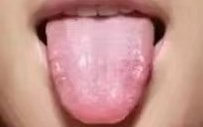
Tongue diagnosis is one of the four diagnostic methods in Traditional Chinese Medicine (TCM), which includes observation, listening, inquiry, and palpation. What exactly do we observe in tongue diagnosis?
Many people are curious about what TCM observes in tongue diagnosis.
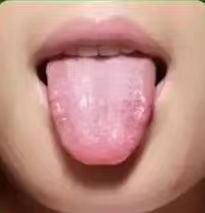
In fact, we mainly observe the tongue body and the tongue coating.
The tongue body is primarily assessed for its shape, size, and color.
The tongue coating is evaluated based on the color, thickness, and location of the substances attached to the surface of the tongue.
What are the specific differences? How do we distinguish them?
For example, if the tongue is swollen with teeth marks, it indicates a significant presence of dampness.
If the tongue is very thin and small, it indicates a deficiency of Yin.
Now, let’s discuss the normal color of the tongue.
The normal color of the tongue is light red. If there is Yang deficiency, the tongue will appear pale white. If there is Yin deficiency, the tongue body will be very red or dark brown. If the tongue appears purple, it indicates the presence of blood stasis in the body.
After examining the tongue body, we then look at the tongue coating.
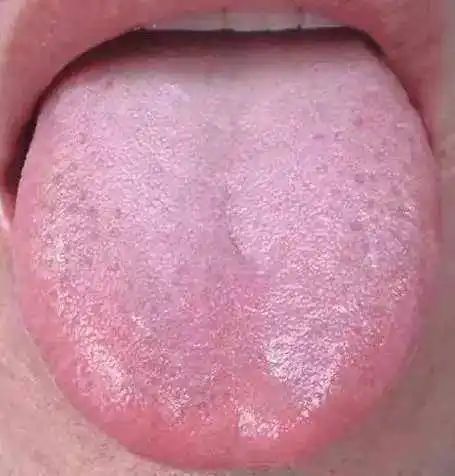
The normal tongue coating is a thin, moist, and smooth layer that allows the underlying color of the tongue to be visible.
If there is no tongue coating at all and the tongue is very dry, this indicates Yin deficiency, which is a manifestation of insufficient Yin fluids in the body.
This condition often coincides with a cracked tongue, indicating a more severe Yin deficiency issue.
If the tongue coating is very thick, it indicates the presence of dampness in the body. A white, greasy coating suggests cold dampness or phlegm dampness, while a yellow, greasy coating indicates damp-heat.
If a gray-black coating appears, or a dry gray-black coating is present, it indicates excessive heat damaging Yin.
A gray-black coating that is also moist indicates an excess of Yin and a deficiency of Yang.
Now, let’s discuss the locations of pathological changes.
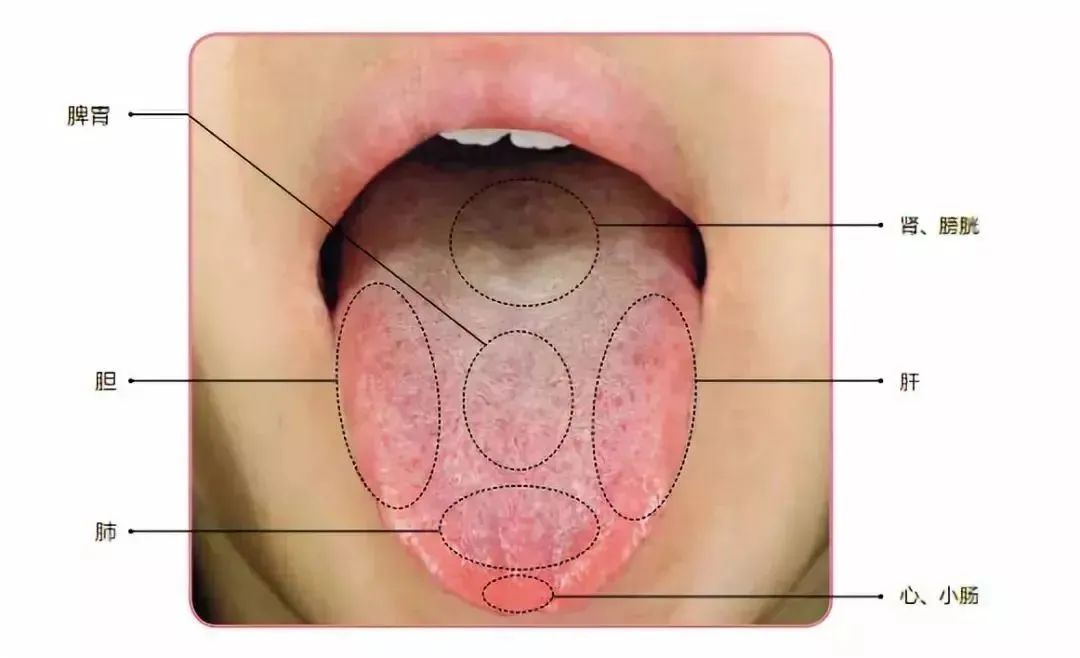 In TCM, the tongue body is divided into three parts: the front, middle, and back, as well as the tip and sides of the tongue.
In TCM, the tongue body is divided into three parts: the front, middle, and back, as well as the tip and sides of the tongue.
The front third of the tongue represents the upper jiao (heart and lungs), the middle third represents the middle jiao (spleen and stomach), and the back third represents the lower jiao (kidneys and bladder).
Issues at the tip of the tongue are mostly related to the heart and lungs, while issues at the sides of the tongue generally pertain to the liver and gallbladder.
It is important to remind everyone that tongue diagnosis in TCM is a complex discipline. In clinical practice, we also need to combine the patient’s specific symptoms and pulse diagnosis for a comprehensive analysis.
What I shared today is just the simplest method of tongue diagnosis for your reference. For professional medical conditions, it is still necessary to consult a qualified physician.
If you have any questions, please feel free to consult, learn, and communicate.
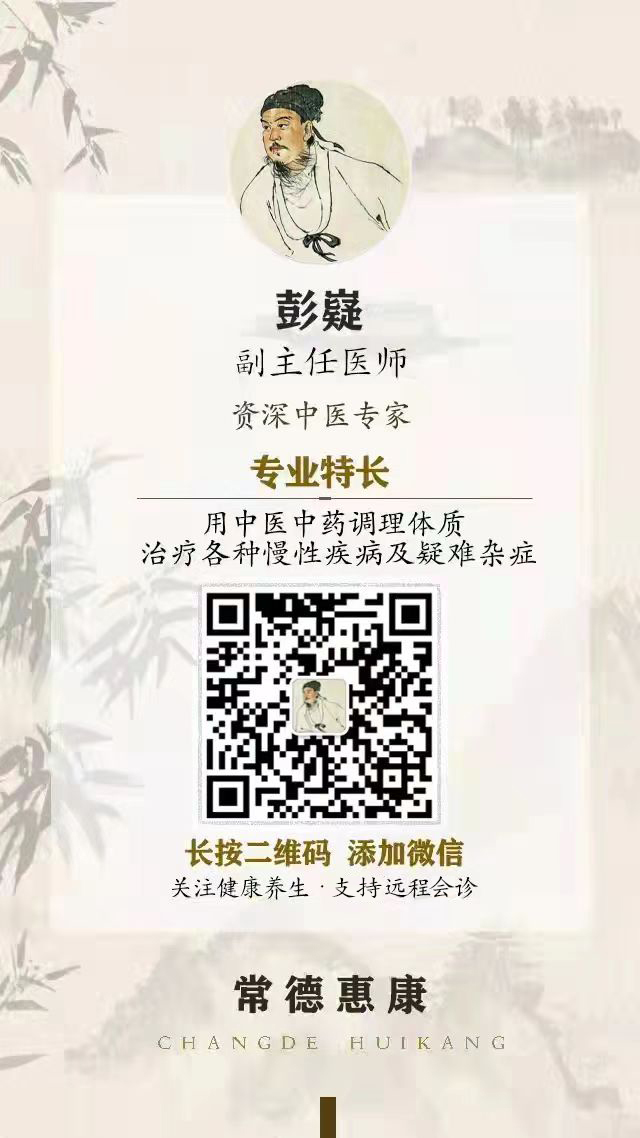
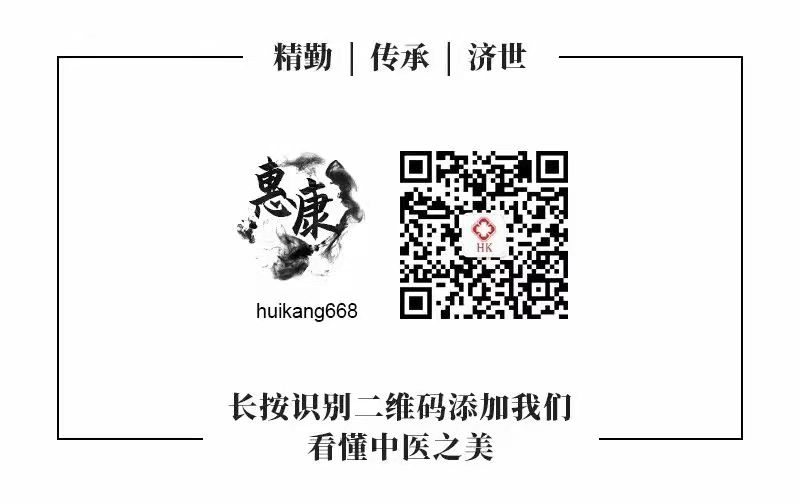
Previous Highlights
1. How is blood deficiency formed?
2. Six major manifestations of poor spleen and stomach function
3. Strengthening the spleen and eliminating dampness, don’t forget to tonify the kidneys and assist Yang
4. Liver Qi stagnation and spleen deficiency, should I choose Xiao Yao Wan or Yue Ju Wan?
5. What are the manifestations of liver fire invading the stomach? How to regulate and treat it?
6. Why is it that even though there is Qi deficiency, it cannot be replenished?

